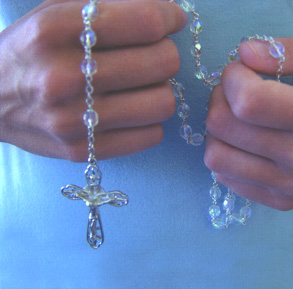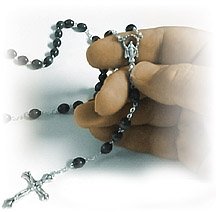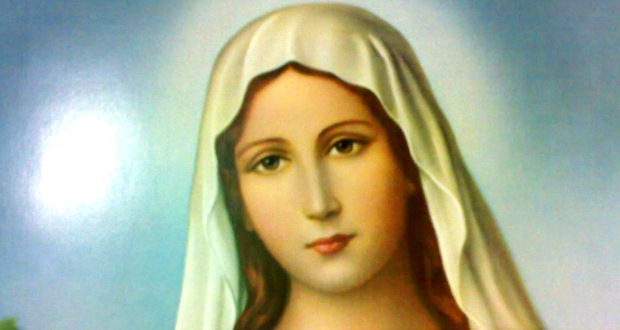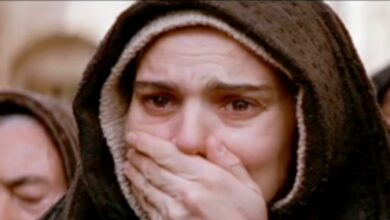The Battle of Lepanto: A Clash of Faiths, Power, and Prayer
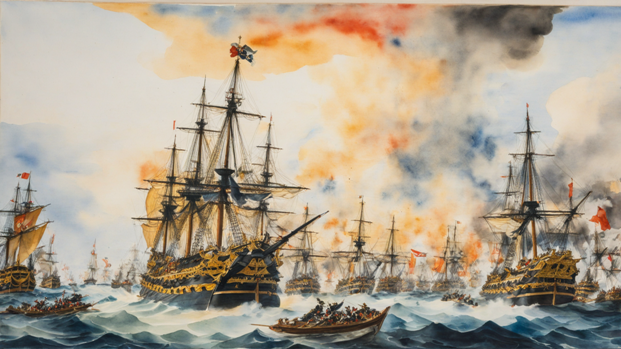
The Conflict Begins: The Rise of the Ottoman Empire and the Threat to Europe
The Battle of Lepanto in 1571 was a defining moment not only in European history but also in the spiritual life of the Catholic Church. To fully understand its significance, we must first look at the Ottoman Empire, its rise to power, and its growing threat to Christian Europe.
The Ottoman Empire, which originated in modern-day Turkey, had grown from a small Turkish state in the late thirteenth century into a formidable empire by the fifteenth century. With Constantinople falling to the Ottomans in 1453, the empire became the dominant Muslim power in the Eastern Mediterranean and Southeast Europe. By the mid-1500s, the Ottoman Empire had expanded across North Africa, the Middle East, and much of Eastern Europe. Under the leadership of successive sultans, the empire’s reach continued to grow, and they set their sights on Western Europe.
By the time of Sultan Selim II, the Ottomans were strategically positioned to dominate the Mediterranean Sea, which was vital for trade and military movements. This posed a grave threat to Christian powers like Spain, Venice, and the Papal States, whose survival depended on controlling Mediterranean trade routes and defending their territories. The Ottomans had already taken Cyprus in 1570, and their ultimate ambition was to expand further into Italy—the very heart of Christendom—and potentially Rome itself.
For Christian Europe, the expansion of the Ottoman Empire was seen not only as a political and military threat but also as a religious one. The Ottomans, a Muslim empire, were encroaching upon traditionally Christian lands, and many feared the consequences for European Christianity if the Ottomans continued their advance unchecked.
The Formation of the Holy League and the Call to Prayer
As the Ottoman threat grew, Pope Pius V took urgent action. He understood that the fate of Europe—and perhaps the future of the Christian faith in Europe—rested on the ability to resist the Ottomans’ expansion. However, Europe was divided politically, with many Christian nations focused on their own interests. Nevertheless, Pope Pius V worked tirelessly to form an alliance, which came to be known as the Holy League. This coalition included Catholic states like Spain, Venice, the Papal States, and smaller Christian forces, united for the defense of Europe.
Yet, Pope Pius V knew that military power alone might not be enough to defeat the mighty Ottoman fleet. He recognized the spiritual gravity of the situation and called upon Christians across Europe to pray the Rosary, invoking the intercession of the Blessed Virgin Mary. The Pope believed that this was more than just a physical battle—it was a spiritual struggle between Christianity and Islam.
The faithful responded, gathering in churches, homes, and public squares to pray fervently. Prayer vigils were held across Europe, as the Pope asked the faithful to entrust their hopes for victory to Mary. In doing so, Pope Pius V was mobilizing not just an army of soldiers, but an army of prayer warriors.
The Day of Battle: October 7, 1571
On the fateful day of October 7, 1571, the fleets of the Holy League and the Ottoman Empire met in the Gulf of Patras, off the coast of Greece. The Ottomans outnumbered the Christian forces, and they had built a reputation for their naval prowess, having won numerous victories at sea.
But as the battle raged on, something extraordinary happened. The winds, which had initially favored the Ottomans, suddenly shifted, giving the Holy League an unexpected advantage. The Christian fleet, bolstered by their faith and prayers, began to push back against the seemingly invincible Ottoman forces.
What followed was a hard-fought battle, but eventually, the Holy League triumphed. The Ottoman fleet, which had long been a terror to Christian Europe, was decisively defeated. This victory halted the Ottoman expansion into the Mediterranean and preserved the sovereignty of Italy and Western Europe.
The Role of Prayer and the Rosary
When word of the victory reached Pope Pius V, he attributed it directly to the power of prayer and the intercession of the Virgin Mary. According to tradition, the Pope, who had been praying the Rosary himself at the time of the battle, received a miraculous vision of the Christian victory, even before official reports arrived in Rome.
In thanksgiving for this miraculous intervention, Pope Pius V declared October 7 as the Feast of Our Lady of Victory, later renamed the Feast of Our Lady of the Rosary. This feast commemorates not only the military victory but also the power of the Rosary and Mary’s role in defending the Christian faith.
The Broader Impact
The victory at Lepanto had a profound impact on the balance of power in the Mediterranean. It marked the first significant defeat of the Ottoman Empire’s navy, which, until then, had seemed unstoppable. Though the Ottomans would remain a powerful force in the region for centuries, the Battle of Lepanto halted their advance into Europe and allowed Christian powers to maintain control over key Mediterranean territories.
For the Catholic Church, the battle became a symbol of the power of faith, prayer, and Mary’s intercession. It reaffirmed the belief that in times of great crisis, turning to God and to the Virgin Mary through the Rosary could bring about miraculous outcomes.


